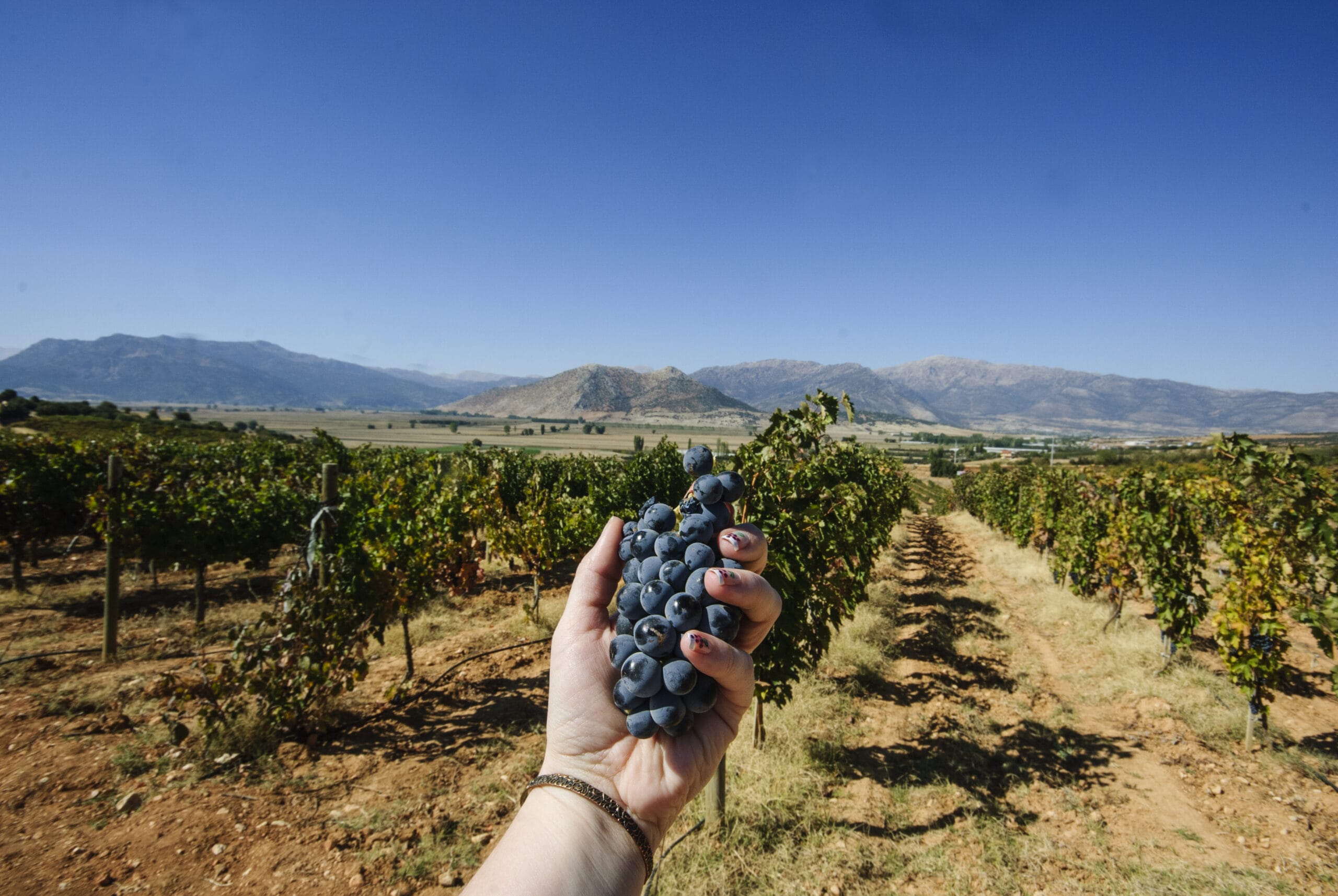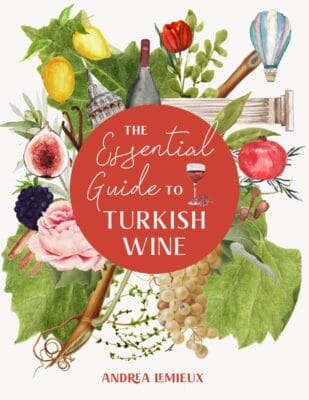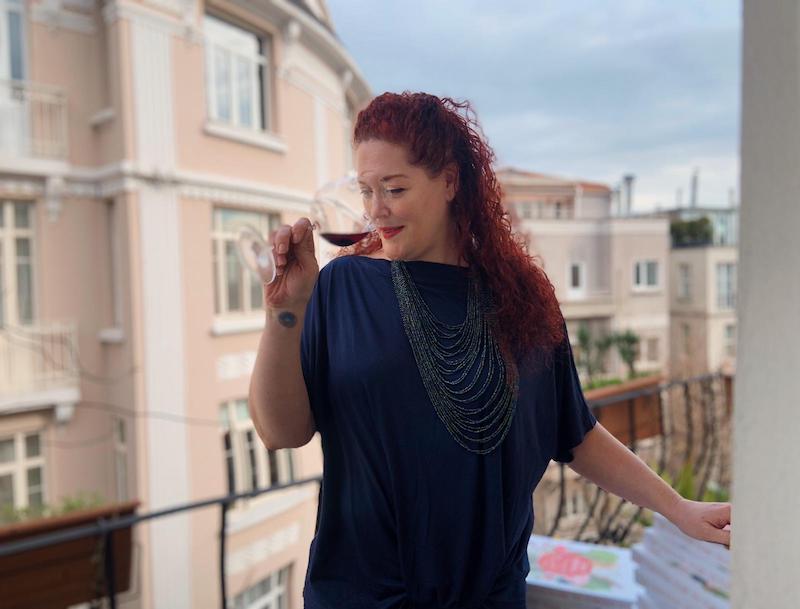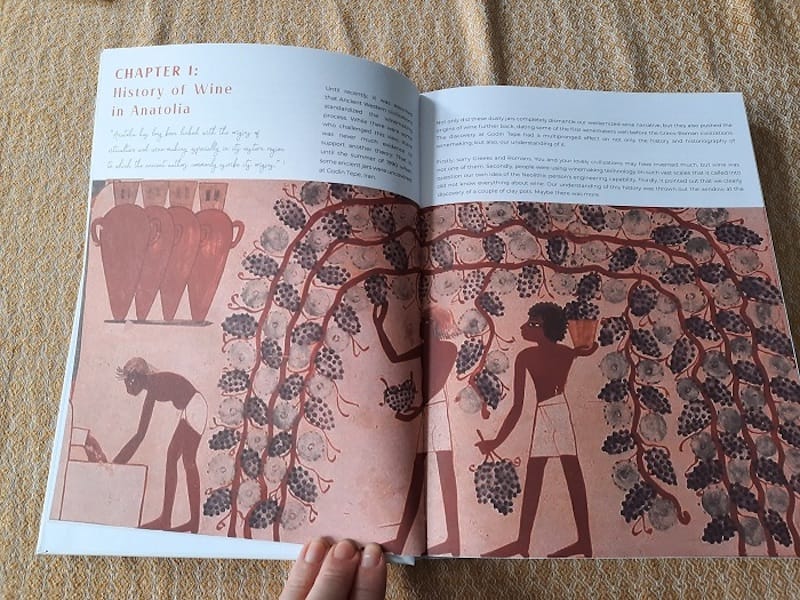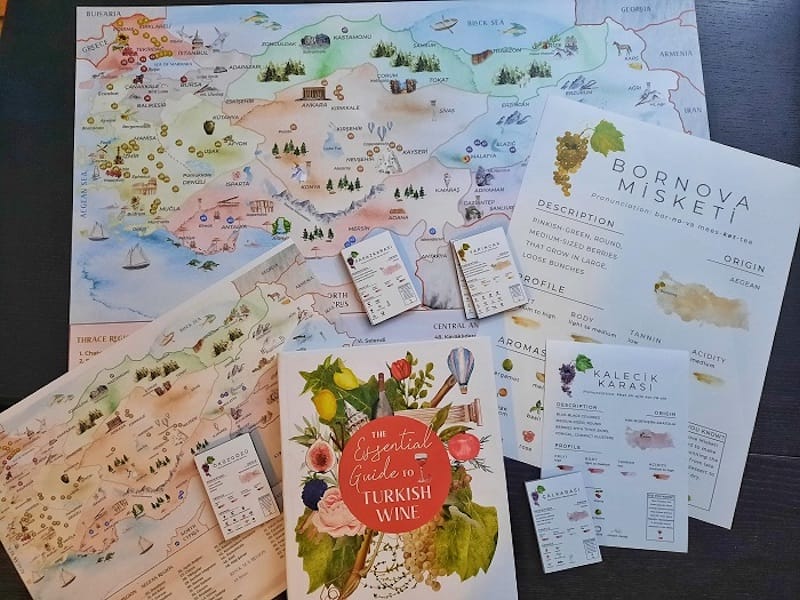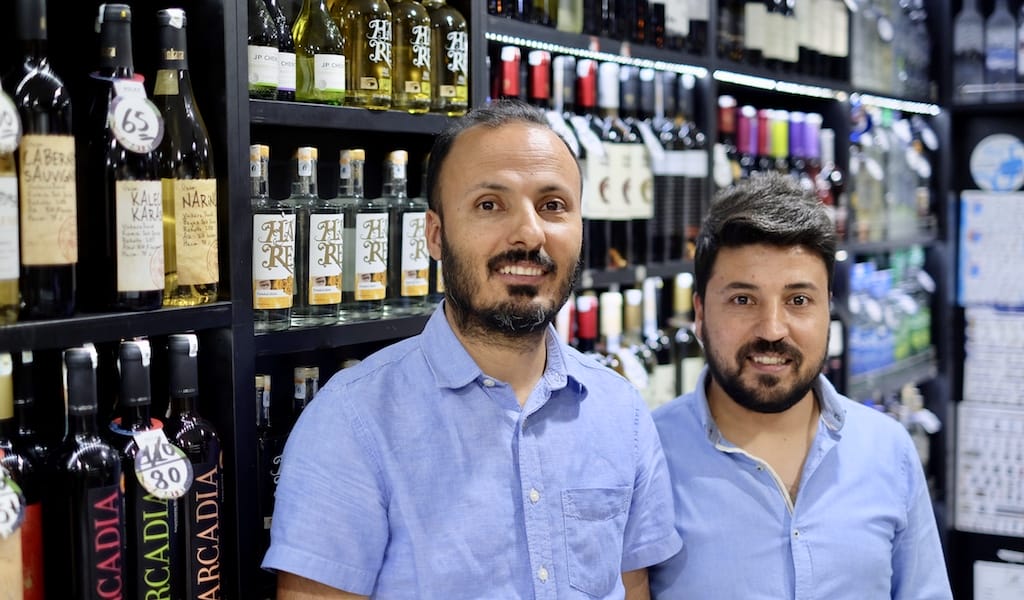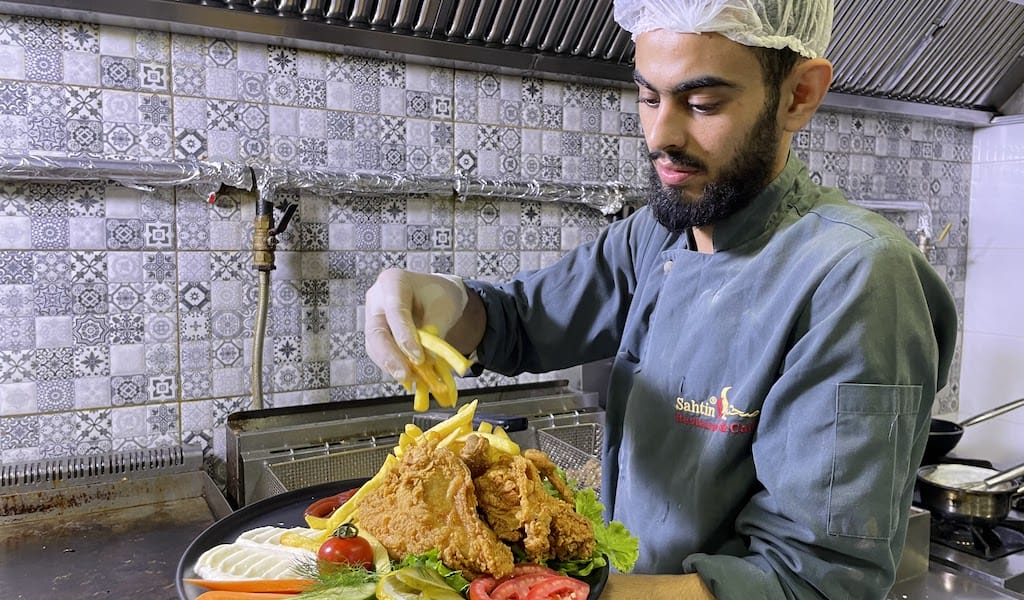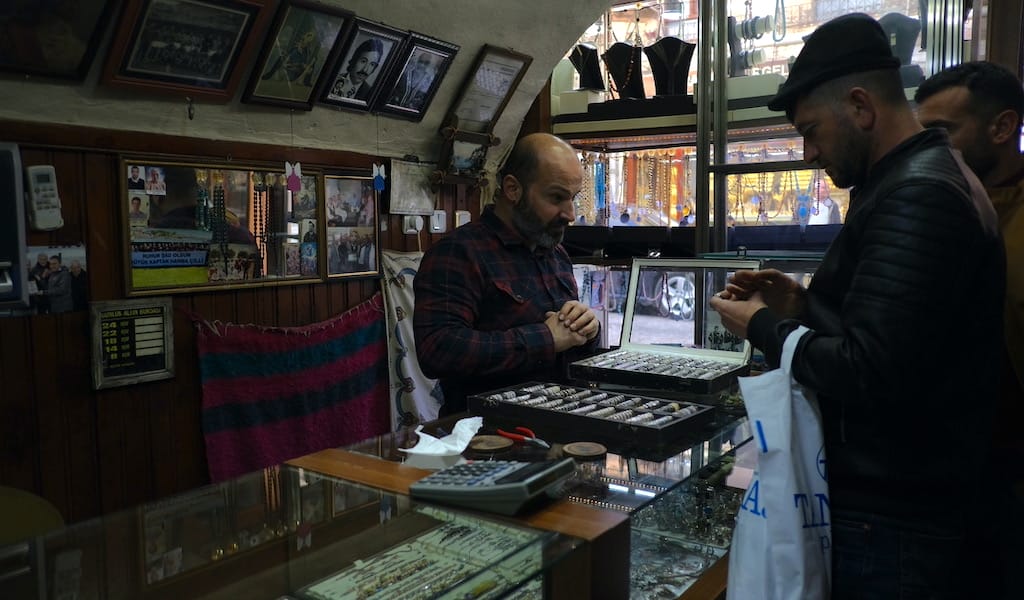For this week’s CB Book Club installment, we caught up with Andrea Lemieux, author of The Essential Guide to Turkish Wine: An exploration of one of the oldest and most unexpected wine countries (Canoe Tree Press, 2021). In this exhaustive nearly 300-page guide, Lemieux, a WSET Level 2-certified wine expert and blogger behind The Quirky Cork, traces the history of Turkey’s wine tradition, and offers insight on grapes, wineries and where to enjoy Turkish wine in Istanbul. For those planning a trip, the book is as practical as it is informative, with maps, addresses and contacts for wineries and venues throughout the country.
How did this book come about?
I’d been blogging about Turkish wine for a few years already but, after coming home from a holiday where I visited some wineries, I realized that Turkey doesn’t have a (recent) book about its wines, wine regions, wine tourism, etcetera. I got my friend and Ottoman food historian Emma Başer Rose involved as my research partner and photographer. Later I pulled in Başak Gökkılıç, founder of Empathia Creative, to design first all my infographics, then the book itself.
Was there something specific about Turkish wine or wine culture that caught your attention?
A lot of things, actually. The first thing that really captured me was the native grapes. I started drinking the wine before I really even spoke Turkish and had the usual yabanci issues trying to pronouce “Öküzgözü” and “Boğazkere” but for me, that was what was so interesting. Not that I couldn’t say them, but that they were entirely new-to-me grapes. Then I slowly started learning about the history, the vastness of Turkish terroir, and got to know some of the people behind the wine. Most people in the world make wine because they love it, not because they expect to get rich from it. That is especially true here.
How would you differentiate Turkish wine culture from some of the other big ones out there?
Well…Turkish wine culture is so young. If you look at western European wine culture, especially Italy, France, Spain – wine is just part of the meal. It’s as available and normal as having a jug of water on the table. So in many ways, food and wine developed around one another. Pairing wine with food is second nature, so that’s taken into account when cooking. Despite millennia of winemaking history, Turkey doesn’t really have that same tradition. I think Turkey is a little bit more like some of the new wine countries, like the United States, in that respect. Wine has been made in the US since before all 50 states were on the flag, but it did not make its way into popular culture until around the 1970s. Slowly, slowly, wine began to appear more at dinner tables, people started visiting wineries, learning about wine, finding their favorite grape, etcetera. It seems to me that we’re at about that point in Turkey now. When I first came here, people around me didn’t seem to care too much about wine beyond their color choice. But now people want specific producers or grapes and are learning about different styles of wine. There are more wine bars and shops in Istanbul than there used be, and wine influencers on Instagram have huge followings. Which is all a very long answer to say that I think that wine culture in Turkey is an enthusiastic and burgeoning development.
What would you say are the main challenges facing Turkish winemakers today?
Oh, so many. Of course, the lack of support from the government is a challenge. More successful winemaking countries might not produce a wine that matches the quality of some produced in Turkey, and yet they are commercially successful due to government backing. Despite its burgeoning wine culture, wine consumption in Turkey is incredibly low and the inability to advertise makes it difficult to change that. The lack of exporting is also really hurting the industry as a whole. But these are larger issues and macro industry challenges.
One of the challenges on the winemaking side is education. I think one of the biggest is a lack of an oenology school here. Winemakers are either learning while doing, which has mixed success; or they go abroad to learn. For those in the latter category, they certainly come back to Turkey with knowledge and skills…but they’ve learned how to make wine in a European style, and we just end up with imitation Bordeaux here. It is a great and heart-warming sign that wine enthusiasts are so determined to learn, they will seek out eduction anywhere they can, whether it’s a formal education in France, Italy, Spain, the US (and so on..) or even at home in their grandfather’s garden.
In order to create a Turkish flavor profile and understand how to best make wine with indigenous Turkish grapes, young Turkish oenologists or wine enthusiasts should have the opportunity to study the subject of indigenous grapes, the history, the production methods, the topography, soils and so on, within an institution where research is conducted on a greater scale. Turkish wine and wine culture has come a long way, but there is still a long and exciting road ahead.
What you are particularly excited about in Turkish wine?
Because Turkey does not have appellations or viticulture areas like a lot of wine countries, there’s a greatly adventurous spirit among winemakers. Anything goes here, so you can have one producer making Sıdalan Pet-Nat while their neighbor is making an oaky Bordeaux blend and down the road someone else is making amphora-aged amber wines! Unfortunately, that also has a downside: global marketing is more difficult because importers, distributors and consumers have to wrap their brains around individual Turkish grapes or producers and cannot associate a specific place with a flavor or style profile like, for example, the red blends of Bordeaux or Marlborough Sauvignon Blanc. There are no quality controls here or even ways for a consumer to distinguish from a label higher-quality wine from bulk wine (as one might by seeing “superiore” on an Italian wine label or “Grand Cru” on a French label).
What excites me the most right now is still that thing that captured me in the first place: the native Turkish grapes. I love how many producers are making the effort to find and make wine with little-known grapes. They’re also making different styles of wine with these grapes, to see the full spectrum of wines they’re capable of making. Certainly some of these are more successful than others, but every new grape and new experiment makes me happy. At the moment I am really into Çalkarası: red, white, sparkling…anything! I think this is a really high quality grape with a lot of potential. As for favorite wineries…that is hard to narrow down. Paşaeli, Likya, Eskibağlar, Ma’Adra, Vinkara, Vinolus, Saranta, Gürbüz, and Gordias are at the top of my list, but there are so many more!
Learn more about the book and where to purchase here.
Published on May 03, 2022







































